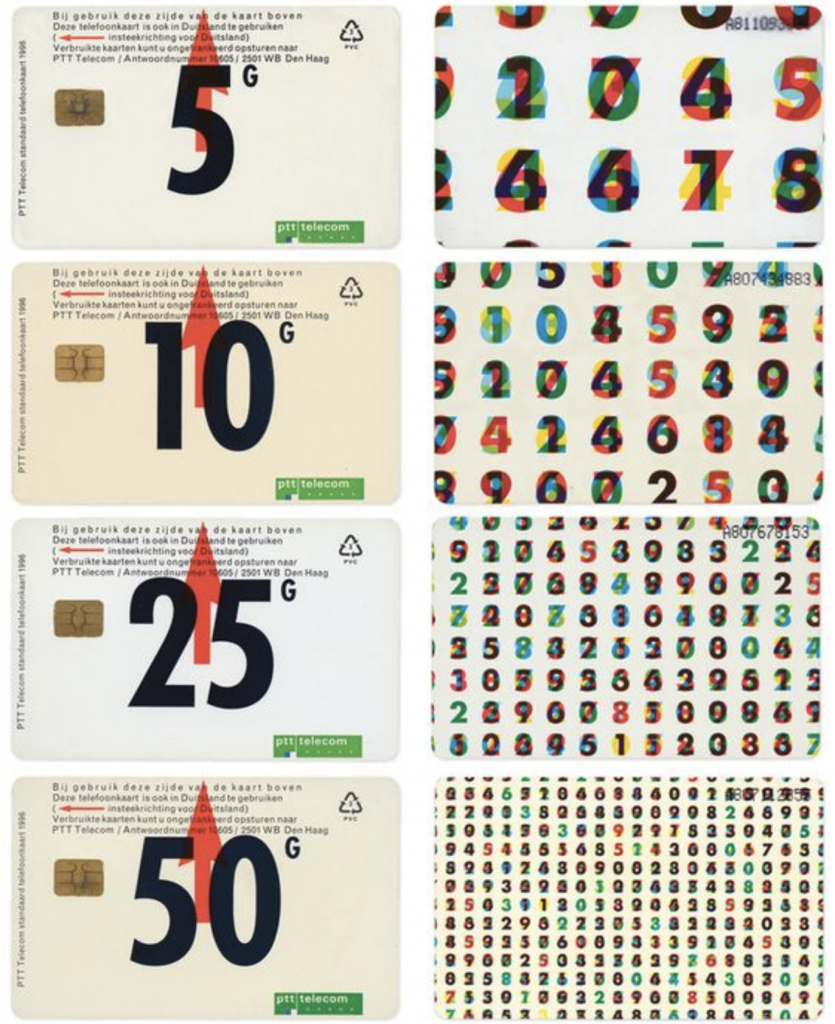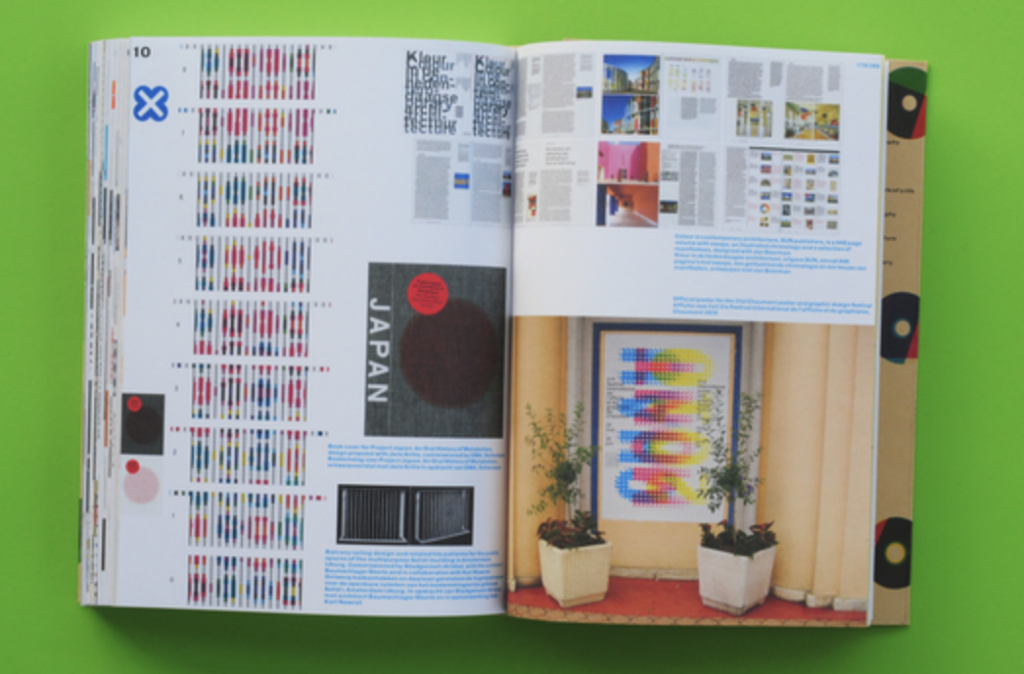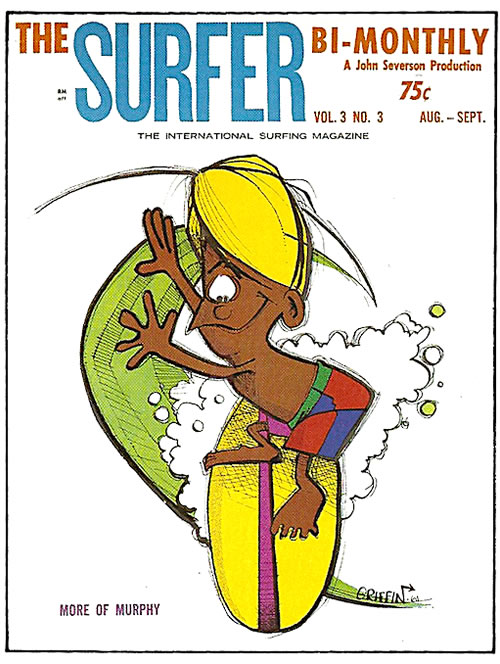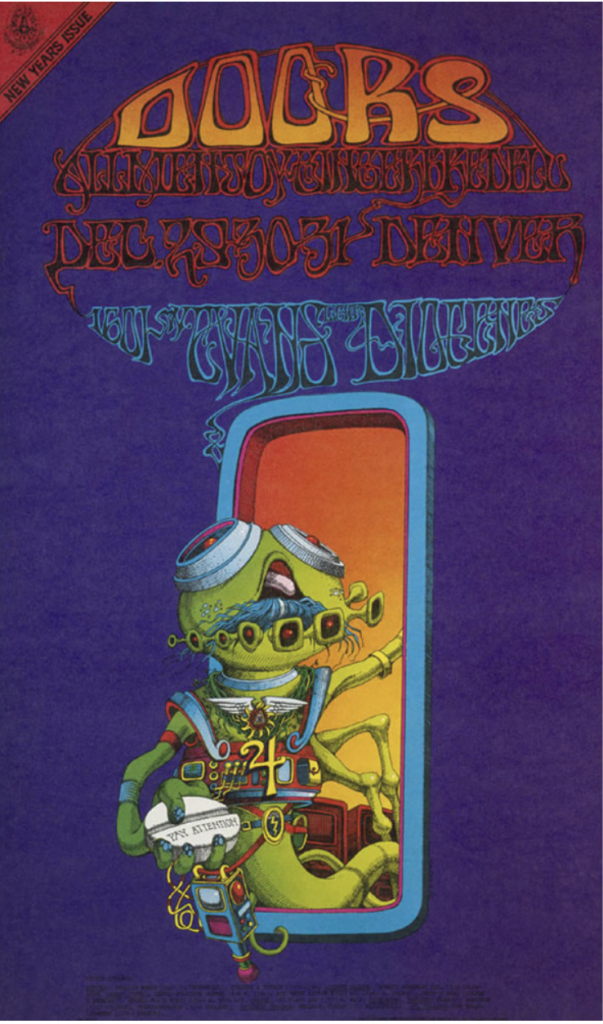Theo Dimson (1930-2012) was a Canadian graphic designer most recognized for his film and theatre posters he designed in an art deco style. He got into the Ontario College of Art and Design with a scholarship and graduated in 1950. Dimson’s career ranges from commercial design for Hollywood films to commissions by Canada post.

This is a great example of Dimson’s signature art deco style. The flatness and floral motif ring true to the art deco look. I like the contrast between the earthy tones of the illustration and the type that’s highlighted in bright blue. The little swirl of the lady’s hair which is then repeated again in the bulk of her hair is another detail I like.

This is one of many stamps Dimson was commissioned to do by the Canada Post. He designed this stamp to commemorate the Salvation Army’s hundredth anniversary. I like how his line work isn’t black, but a copper colour instead. It’s interesting the way he simplified the figures, especially the hand of the woman, the lines in between her 3 fingers aren’t there.
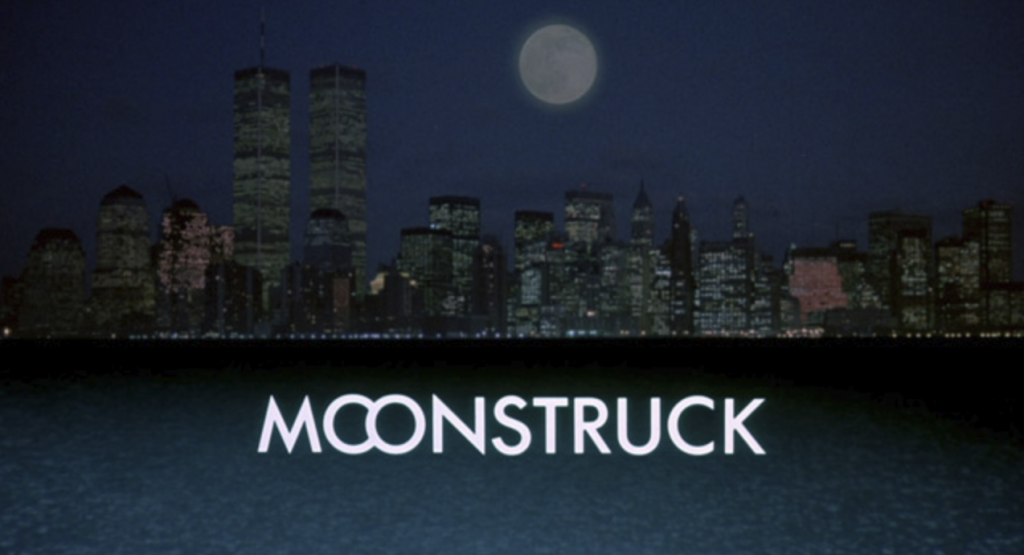
He designed the titles for the 1987 romcom movie Moonstruck. His choice in type was simple, as he used Futura. However, the way he overlapped the two O’s over each other make the world of a difference compared to if he hadn’t. Crazy how the smallest tweak of putting the two O’s together suddenly make a noteworthy design. I actually really love the movie Moonstruck and it was a pleasant surprise to find out Dimson was a part of it.
Sources:
https://gdc.design/fellows/theo-dimson-fgdc
https://postagestampguide.com/stamps/16202/the-salvation-army-1882-1982-1982-canada-postage-stamp
